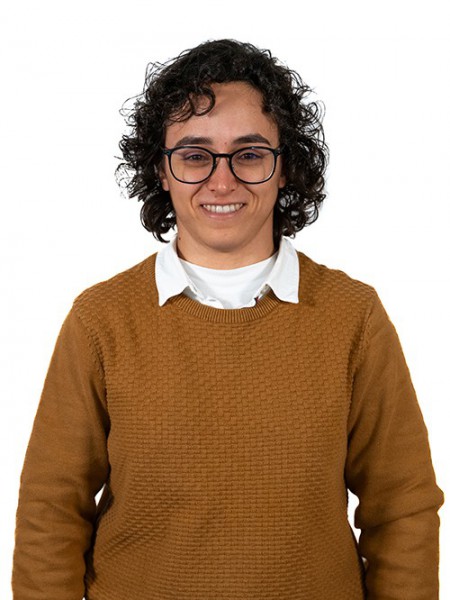abstract
There is a considerable practical interest in discovering new ways to obtain organomolybdenum heterogeneous catalysts for olefin epoxidation that are easier to recover and reuse and display enhanced productivity. In this study, the complex salt (H(2)pytz)[MoO2Cl2(pytz)] (1) (Hpytz = 5-(2-pyridyl)tetrazole) has been prepared, structurally characterized, and employed as a precursor for the hydrolysis-based synthesis of a microcrystalline molybdenum oxide/organic hybrid material formulated as [MoO3(Hpytz)] (2). In addition to single-crystal X-ray diffraction (for 1), compounds 1 and 2 were characterized by FT-IR and Raman spectroscopies, solid-state C-13{H-1} cross-polarization (CP) magic-angle spinning (MAS) NMR, and scanning electron microscopy (SEM). Compounds 1 and 2 were evaluated as olefin epoxidation catalysts using the model reaction of cis-cyclooctene (Cy8) with tert-butyl hydroperoxide (TBHP), at 70 & DEG;C, which gave 100% epoxide selectivity up to 100% conversion. While 1 behaved as a homogeneous catalyst, hybrid 2 behaved as a heterogeneous catalyst and could be recovered for recycling without showing structural degradation or loss of catalytic performance over consecutive reaction cycles. The substrate scope was broadened to monoterpene DL-limonene (Lim) and biobased unsaturated fatty acid methyl esters, methyl oleate (MeOle), and methyl linoleate (MeLin), which gave predominantly epoxide products.
keywords
EPOXIDIZED METHYL OLEATE; 5-SUBSTITUTED 1H-TETRAZOLES; HYDROTHERMAL SYNTHESIS; COORDINATION POLYMERS; TETRAZOLATO COMPLEXES; CRYSTAL-STRUCTURE; SCHIFF-BASES; ACID; LIMONENE; LIGANDS
subject category
Chemistry, Physical
authors
Nunes, MS; Gomes, DM; Gomes, AC; Neves, P; Mendes, RF; Paz, FAA; Lopes, AD; Valente, AA; Goncalves, IS; Pillinger, M
our authors
Projects
CICECO - Aveiro Institute of Materials (UIDB/50011/2020)
CICECO - Aveiro Institute of Materials (UIDP/50011/2020)
Conversao catalitica de olefinas derivadas da biomassa (BiOle_AcidOxCat)
acknowledgements
This work was carried out with the support of CICECOAveiro Institute of Materials [FCT (Fundacao para a Ciencia e a Tecnologia) ref. UIDB/50011/2020 & UIDP/50011/2020] and the COMPETE 2020 Operational Thematic Program for Competitiveness and Internationalization (Project POCI-01-0145-FEDER-030075), co-financed by national funds through the FCT/MCTES and the European Union through the European Regional Development Fund under the Portugal 2020 Partnership Agreement. M.S.N. (grant ref. 2021.06403.BD) and D.M.G. (grant ref. 2021.04756.BD) acknowledge the FCT for PhD grants (State Budget, European Social Fund (ESF) within the framework of PORTUGAL2020, namely through the Centro 2020 Regional Operational Programme). R.F.M. gratefully acknowledges the FCT for a Junior Research Position (CEECIND/00553/2017).










